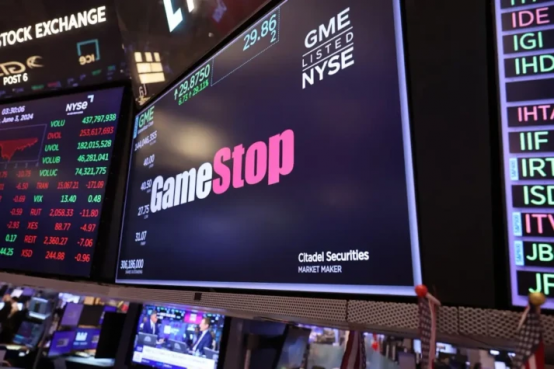Bitcoin (BTC) price
- BTC - USD (United States Dollar)
- BTC - EUR (Euro)
- BTC - GBP (British Pound Sterling)
- BTC - RUB (Russian Ruble)
Market cap
€1,025,004,019,910
12,828,993 BTC
Volume (24H)
€34,531,557,485
432,198 BTC
Day's range
€74,728.13 - €79,937.43
Last trade
0.00640000 BTC
binance €652.32
Open price (24h)
€74,726.24
52 Weeks. Low - High
€32,582.36 - €89,718.97
Supply
19,693,128 BTC
Max supply
21,000,000 BTC
Open/Close in UTC time
| Date | Close Price | Open price | Volume (24H) | Market Cap | Day's range |
|---|---|---|---|---|---|
Sep 10, 2025 |
€80,293.84 |
€77,415.65 |
€34,531,557,485 28,642 BTC |
€1,025,004,019,910 |
€76,410.91
€81,421.99
€80,293.84
|
Sep 11, 2025 |
€77,920.65 |
€80,293.84 |
€34,531,557,485 24,801 BTC |
€1,025,004,019,910 |
€76,535.12
€80,768.35
€77,920.65
|
Sep 12, 2025 |
€79,682.45 |
€77,920.65 |
€34,531,557,485 26,448 BTC |
€1,025,004,019,910 |
€76,839.34
€80,375.50
€79,682.45
|
Sep 13, 2025 |
€71,452.11 |
€79,682.45 |
€34,531,557,485 19,400 BTC |
€1,025,004,019,910 |
€71,452.11
€79,682.45
€71,452.11
|
Sep 14, 2025 |
€68,544.87 |
€71,452.11 |
€34,531,557,485 17,828 BTC |
€1,025,004,019,910 |
€67,671.71
€71,452.11
€68,544.87
|
Sep 15, 2025 |
€77,405.93 |
€68,544.87 |
€34,531,557,485 24,340 BTC |
€1,025,004,019,910 |
€68,528.65
€77,884.10
€77,405.93
|
Sep 16, 2025 |
€75,519.17 |
€77,405.93 |
€34,531,557,485 22,050 BTC |
€1,025,004,019,910 |
€72,719.39
€77,405.93
€75,519.17
|
What is Bitcoin?
Back in 2008, in the peak of the financial crisis, a whitepaper by a mysterious Satoshi Nakamoto emerged detailing an electronic peer to peer cash system that was completely decentralized with no servers or central authority. The idea of a digital payment solution wasn't new; it was tried by economists and engineers alike throughout the 90's. What Satoshi had done was to create a "trustless" system that operated without the need of a 3rd party to verify transactions. Satoshi had solved the "double spend" problem that had plagued economists for decades, giving birth to Bitcoin, a digital payments solution that might prove to be the next evolution for money and our monetary system.
What makes this solution so unique is that Bitcoin, despite being digital, can't be forged, hacked or controlled by a single entity. This was achieved by creating the Blockchain, an incorruptible digital ledger of economic transactions. The Blockchain transparently records and verifies all transactions that take place on the Bitcoin network. By allowing information to be distributed but not copied, Blockchain technology created the backbone of a new type of internet. Today, the combined computing power of this global network is greater than the 500 biggest supercomputers combined times a ten-thousand.
How is Bitcoin created?
Bitcoins can only be created if users dedicate their computing power to solve a cryptographic puzzle. This is known as mining. As more and more users join this movement, the difficulty of these cryptographic puzzles adjusts itself, increasing as more computing power is dedicated by miners as a whole to solving these puzzles. This ensures that only a specific amount of Bitcoin can be created in a given amount of time. Today, large "mining farms" exist dedicating almost 3000 Megawatts of power towards mining. That's enough energy to power roughly 1 million homes.
Bitcoin Price and Volatility
In a short period of time, Bitcoin has become a household name. With the added media attention and institutional interest, the Bitcoin price has risen by over 700%. Bitcoin trading never stops, exchanges run 7 days a week, 24 hours a day and it has been doing so continuously for the last 8 years. Every 10 minutes, Bitcoin's heart beats and new transactions are processed. There is no closing price for Bitcoin, since the markets don’t close. It's a rolling average and in that trading, a market capitalization of around $15 billion is traded internationally. What is $15 billion for a global currency? Bitcoin is a guppy swimming in shark-infested waters. Compared to the $1 trillion traded in the conventional Foreign Exchange Markets each day, big investors get to go ahead and move Bitcoin's price around. This makes living on Bitcoin an absolute roller coaster. There were price fluctuations of up to 20% - 30% a day sometimes. Yet, as transactions rise, volumes go up, and volatility declines. If we compare Bitcoin's volatility to certain conventional currencies, for example, the Argentinian Peso, we understand that volatility is relative.
Recently, the magnitude of Bitcoin's appreciation has led to debate about Bitcoin being a bubble. If we look at graphs for blue-chip technology stocks in the early 90's before the dot-com crash, they look curiously similar to those Bitcoins charts of today.











